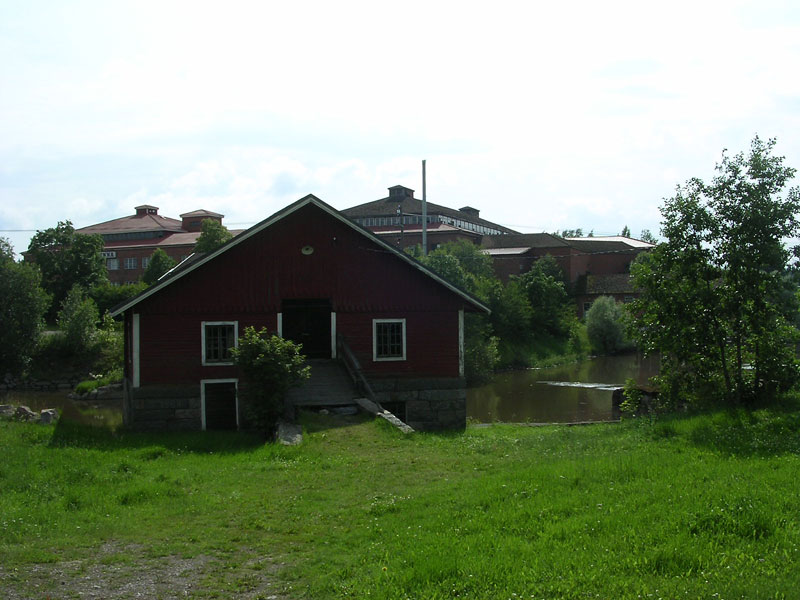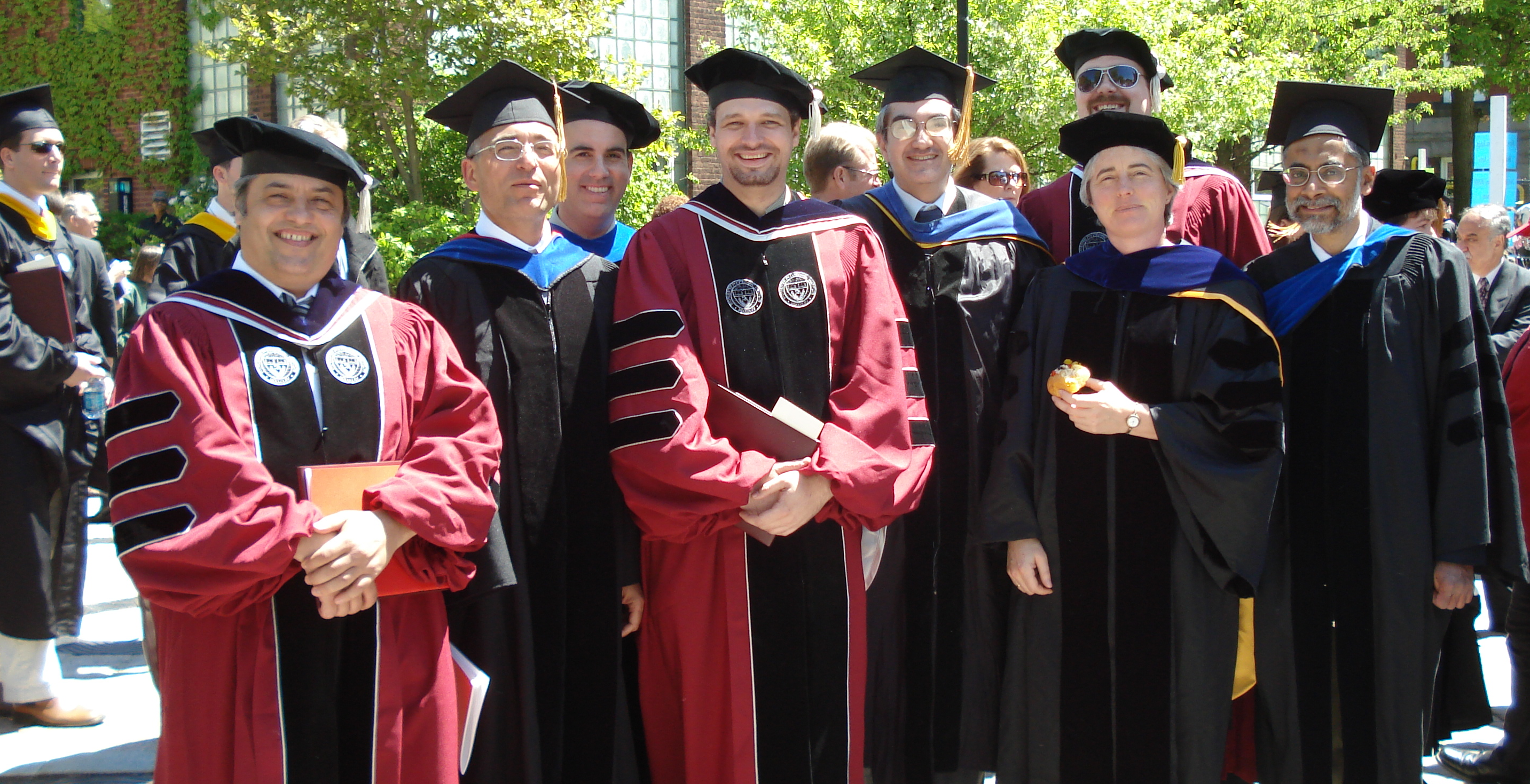|
Sarka (museum)
Sarka is an agricultural museum located in Loimaa, Southwest Finland. The name of the museum comes from a Finnish word meaning a strip of field. The first discussion on the need for a local museum of agriculture started as early as in the 1940s. The Finnish Ministry of Education took the museum under its wing in the 1985 and in 2003 the official decision was made. Sarka revolves around the history of the agriculture in Finland and the museum presents 3000 years of history. The two main exhibitions are called ''The Age of Agriculture'' and ''Before Machines''. Additionally there's an exhibition called ''Powered by Machines''. Since 2019 the director of the museum has been Sami Louekari (PhD) as the previous director retired. Aside from the museum there's also restaurant that serves lunch and à la carte In restaurants, ''à la carte'' (; )) is the practice of ordering individual dishes from a menu in a restaurant, as opposed to '' table d'hôte'', where a set menu is o ... [...More Info...] [...Related Items...] OR: [Wikipedia] [Google] [Baidu] |
Loimaa
Loimaa (; historical sv, Loimijoki) is a town and municipality of Finland. It is located in the province of Western Finland and is part of the Southwest Finland region. The municipality has a population of () and covers an area of of which is water. The population density is . Loimaa's neighboring municipalities are Huittinen, Humppila, Koski Tl, Marttila, Oripää, Punkalaidun, Pöytyä, Somero, Säkylä and Ypäjä. History First mentions of Loimaa come from the year 1439 but a parish was founded in the area already a decade earlier. The town was founded in its current form in 1876 as the railway between Turku and Toijala was completed. A legend of Prättäkitti is heavily associated with Loimaa. The town of Loimaa merged with Loimaan kunta (literally "Municipality of Loimaa") on January 1, 2005 and with the municipalities of Alastaro and Mellilä on January 1, 2009. The name ''Loimaa'' comes from the river Loimijoki which flows through the town. Politics ... [...More Info...] [...Related Items...] OR: [Wikipedia] [Google] [Baidu] |
Finland
Finland ( fi, Suomi ; sv, Finland ), officially the Republic of Finland (; ), is a Nordic country in Northern Europe. It shares land borders with Sweden to the northwest, Norway to the north, and Russia to the east, with the Gulf of Bothnia to the west and the Gulf of Finland across Estonia to the south. Finland covers an area of with a population of 5.6 million. Helsinki is the capital and largest city, forming a larger metropolitan area with the neighbouring cities of Espoo, Kauniainen, and Vantaa. The vast majority of the population are ethnic Finns. Finnish, alongside Swedish, are the official languages. Swedish is the native language of 5.2% of the population. Finland's climate varies from humid continental in the south to the boreal in the north. The land cover is primarily a boreal forest biome, with more than 180,000 recorded lakes. Finland was first inhabited around 9000 BC after the Last Glacial Period. The Stone Age introduced several different ... [...More Info...] [...Related Items...] OR: [Wikipedia] [Google] [Baidu] |
Agriculture
Agriculture or farming is the practice of cultivating plants and livestock. Agriculture was the key development in the rise of sedentary human civilization, whereby farming of domesticated species created food surpluses that enabled people to live in cities. The history of agriculture began thousands of years ago. After gathering wild grains beginning at least 105,000 years ago, nascent farmers began to plant them around 11,500 years ago. Sheep, goats, pigs and cattle were domesticated over 10,000 years ago. Plants were independently cultivated in at least 11 regions of the world. Industrial agriculture based on large-scale monoculture in the twentieth century came to dominate agricultural output, though about 2 billion people still depended on subsistence agriculture. The major agricultural products can be broadly grouped into foods, fibers, fuels, and raw materials (such as rubber). Food classes include cereals ( grains), vegetables, fruits, cooking oils, m ... [...More Info...] [...Related Items...] OR: [Wikipedia] [Google] [Baidu] |
Southwest Finland
Southwest Finland, calqued as Finland Proper ( fi, Varsinais-Suomi ; sv, Egentliga Finland), is a Regions of Finland, region in the southwest of Finland. It borders the regions of Satakunta, Pirkanmaa, Tavastia Proper, Tavastia Proper (Kanta-Häme), Uusimaa, and Åland. The region's capital and most populous city is Turku, which was known as the former capital city of Finland before Helsinki. The area comprising the Southwest is largely the same as the historical province of Finland Proper (historical province), Finland Proper, so named because it is the original home of the tribe known as the Finns proper. Origin of the name Finland Proper The name of Finland Proper has a historical function. In historic times, in the area of the present Southern Finland lived three tribes, which were the Finns proper, the Tavastians and the Karelia (historical province of Finland), Karelians. The southwestern part of the country, the province where the Finns proper lived, was simply calle ... [...More Info...] [...Related Items...] OR: [Wikipedia] [Google] [Baidu] |
Finnish Language
Finnish (endonym: or ) is a Uralic language of the Finnic branch, spoken by the majority of the population in Finland and by ethnic Finns outside of Finland. Finnish is one of the two official languages of Finland (the other being Swedish). In Sweden, both Finnish and Meänkieli (which has significant mutual intelligibility with Finnish) are official minority languages. The Kven language, which like Meänkieli is mutually intelligible with Finnish, is spoken in the Norwegian county Troms og Finnmark by a minority group of Finnish descent. Finnish is typologically agglutinative and uses almost exclusively suffixal affixation. Nouns, adjectives, pronouns, numerals and verbs are inflected depending on their role in the sentence. Sentences are normally formed with subject–verb–object word order, although the extensive use of inflection allows them to be ordered differently. Word order variations are often reserved for differences in information structure. ... [...More Info...] [...Related Items...] OR: [Wikipedia] [Google] [Baidu] |
Doctor Of Philosophy
A Doctor of Philosophy (PhD, Ph.D., or DPhil; Latin: or ') is the most common degree at the highest academic level awarded following a course of study. PhDs are awarded for programs across the whole breadth of academic fields. Because it is an earned research degree, those studying for a PhD are required to produce original research that expands the boundaries of knowledge, normally in the form of a dissertation, and defend their work before a panel of other experts in the field. The completion of a PhD is often a requirement for employment as a university professor, researcher, or scientist in many fields. Individuals who have earned a Doctor of Philosophy degree may, in many jurisdictions, use the title '' Doctor'' (often abbreviated "Dr" or "Dr.") with their name, although the proper etiquette associated with this usage may also be subject to the professional ethics of their own scholarly field, culture, or society. Those who teach at universities or work in academic, e ... [...More Info...] [...Related Items...] OR: [Wikipedia] [Google] [Baidu] |
à La Carte
In restaurants, ''à la carte'' (; )) is the practice of ordering individual dishes from a menu in a restaurant, as opposed to '' table d'hôte'', where a set menu is offered. It is an early 19th century loan from French meaning "according to the menu".''Oxford English Dictionary'' The individual dishes to be ordered may include side dishes, or the side dishes may be offered separately, in which case, they are also considered ''à la carte''. History The earliest examples of ''à la carte'' are from 1816 for the adjectival use ("à la carte meal", for example) and from 1821 for the adverbial use ("meals were served à la carte"). These pre-date the use of the word menu, which came into English in the 1830s."Menu"''The American Heritage Dictionary of the English Language'' 4th edition, Houghton Mifflin See also * Omakase, Japanese expression for letting the chef decide * '' Table d'hôte'', the opposite of ''à la carte'' * Buffet * List of French words and phrases use ... [...More Info...] [...Related Items...] OR: [Wikipedia] [Google] [Baidu] |
Museums In Southwest Finland
A museum ( ; plural museums or, rarely, musea) is a building or institution that cares for and displays a collection of artifacts and other objects of artistic, cultural, historical, or scientific importance. Many public museums make these items available for public viewing through exhibits that may be permanent or temporary. The largest museums are located in major cities throughout the world, while thousands of local museums exist in smaller cities, towns, and rural areas. Museums have varying aims, ranging from the conservation and documentation of their collection, serving researchers and specialists, to catering to the general public. The goal of serving researchers is not only scientific, but intended to serve the general public. There are many types of museums, including art museums, natural history museums, science museums, war museums, and children's museums. According to the International Council of Museums (ICOM), there are more than 55,000 museums in 202 countries ... [...More Info...] [...Related Items...] OR: [Wikipedia] [Google] [Baidu] |
Agriculture Museums
Agriculture or farming is the practice of cultivating plants and livestock. Agriculture was the key development in the rise of sedentary human civilization, whereby farming of domesticated species created food surpluses that enabled people to live in cities. The history of agriculture began thousands of years ago. After gathering wild grains beginning at least 105,000 years ago, nascent farmers began to plant them around 11,500 years ago. Sheep, goats, pigs and cattle were domesticated over 10,000 years ago. Plants were independently cultivated in at least 11 regions of the world. Industrial agriculture based on large-scale monoculture in the twentieth century came to dominate agricultural output, though about 2 billion people still depended on subsistence agriculture. The major agricultural products can be broadly grouped into foods, fibers, fuels, and raw materials (such as rubber). Food classes include cereals (grains), vegetables, fruits, cooking oils, meat, milk, eg ... [...More Info...] [...Related Items...] OR: [Wikipedia] [Google] [Baidu] |





